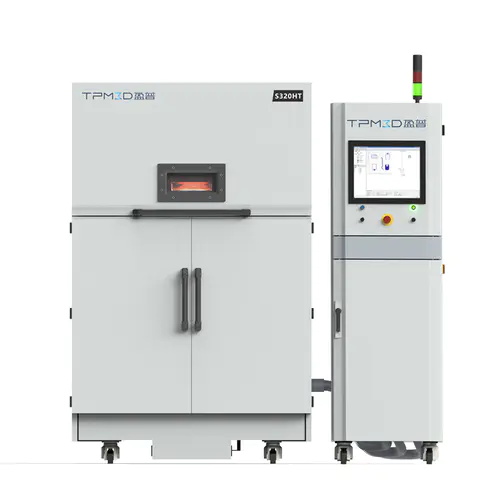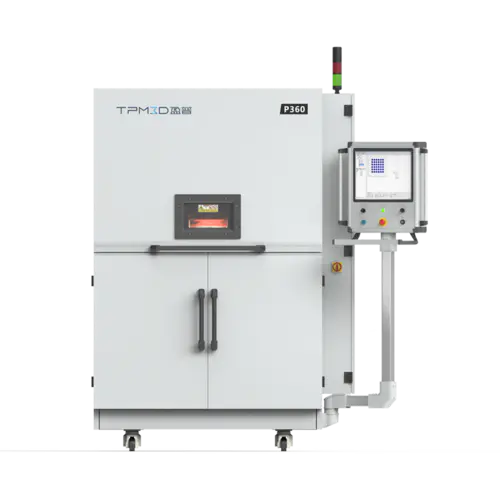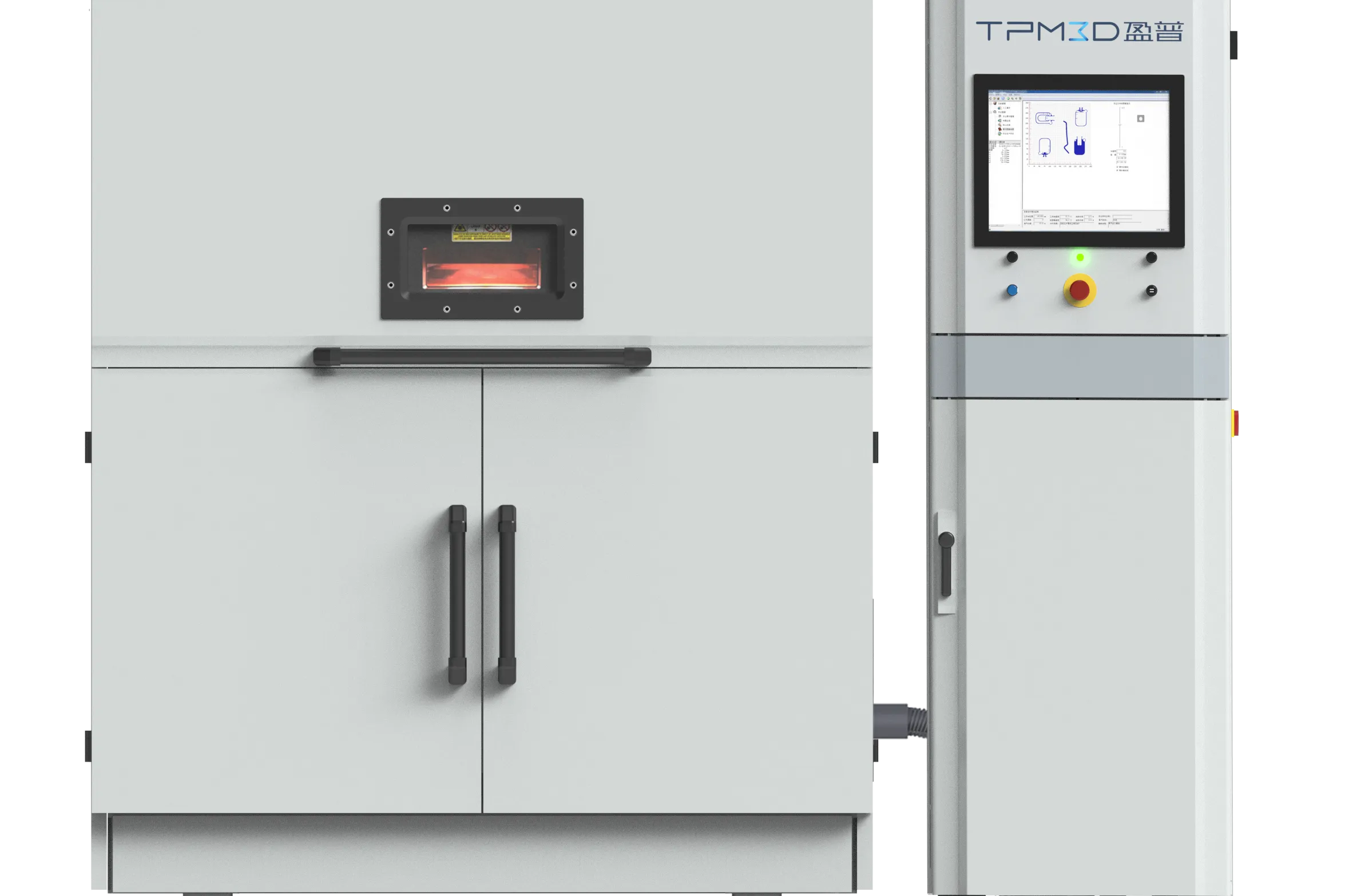
Features
Why Choose TPM 3D printing?
TPM 3D Asia Advanced Materials Printing Center
TPM 3D Asia advanced materials printing center located in Jiangsu Province, cover the area with more than 1000 m2. The center consists of intelligent manufacturing 3D printing display platform, industrial and advanced materials intelligent printing center, medical sterile R&D experiment labs, and SLS post processing center and multimedia conference zone.
3D Printing Digital Medical Center
The center construction includes three phases, we can provide orthopedic insoles, orthopedic pillows, scoliosis braces, knee orthoses, application of surgical guides for head, pelvis, spine and knee joints and 3D printing of braces, as well as orthopaedic standardized implant products development.
Our research
TPM3D has successfully developed 10+ laser sintering additive manufacturing systems, and more than 10 kinds of polymer powder printing material for high-quality parts manufacturing, has more than 30 national patents as well.
Polymer 3D Printer
TPM3D technical team has been engaged in industrial 3D printing business since 1999 and has become the industry brand with 20 years focusing on 3D printing service。
TPM3D has various customers at home and abroad from the fields of automobile, electrical appliances, electronics, medicals, cultural & creative, education, aerospace, such as Guangzhou Automobile, Dongfeng Motor, Gree Group, LG Electronics, TTI, Fohan Service Bureau, Tongji University, Southern University of Science and Technology, University of Texas at Austin, and Massey University Auckland.
The Future of Polymer 3D Printer
From realistic concept models to robust prototypes, ergonomic tools and functional end-use parts, the opportunities created by polymer 3D printer are enormous.While there are still some challenges to overcome, such as expanding material options and ensuring lower material costs, the continued development of polymer 3D printer will help companies further benefit from the technology.As the entire additive manufacturing industry, especially polymer 3D printer, moves towards the production of end parts, we are seeing 3D printing composites and high-performance thermoplastics gaining more traction.While polymer 3D printer will not replace traditional processes, the technology will certainly enhance current manufacturing capabilities and further unlock advanced industrial applications.
Featured Products
Collection about TPM 3D printing
User Reviews
What users say about TPM 3D printing
Frequently Asked Question
Do you have any question?
Located in the Big Data Industrial Park of Yannan High-tech Zone, Jiangsu Province, the TPM 3D Asia Exhibition and Training Center and the SLS Advanced Materials Printing Center (referred to as the Center), covering an area of more than 1,000 square meters, vow to promote the research and development of TPM3D advanced materials and innovative industry applications.
TPM 3D is a Chinese enterprise specializing in R&D and manufacturing of SLS selective laser sintering additive manufacturing equipment and providing professional 3d printing services.
The TPM 3D technical team has been engaged in industrial 3D printing business since 1999, and has become an industry brand focusing on 3D printing in the past 20 years.
Our updates and blog posts
3D printer product prototype design verification advantages
Validation advantages in 3D printer product prototyping 5. Speed up the design process. Speed up testing progress. 3D printing is an economical option. Diversity of 3D printing technologies. High degree of design freedom
Key elements for 3D printing technology to go carbon neutral
The key elements for 3D printing technology to become carbon neutral are, materials, manufacturing, transportation, use, and recycling
Understanding of Design for Additive Manufacturing (3D Printing)
The benefits of design for additive manufacturing lie in design freedom, adaptability and flexibility, streamlining the entire supply chain, adding value, saving time and money.







